 Acid reflux, also known as gastroesophageal reflux disease (GERD), occurs when stomach acid flows back into the esophagus, causing discomfort and heartburn. Diet plays a crucial role in managing acid reflux symptoms. By choosing the right foods and avoiding triggers, you can reduce symptoms and enjoy a balanced diet. Here’s a comprehensive guide to an acid reflux-friendly meal plan.
Acid reflux, also known as gastroesophageal reflux disease (GERD), occurs when stomach acid flows back into the esophagus, causing discomfort and heartburn. Diet plays a crucial role in managing acid reflux symptoms. By choosing the right foods and avoiding triggers, you can reduce symptoms and enjoy a balanced diet. Here’s a comprehensive guide to an acid reflux-friendly meal plan.
Understanding Acid Reflux Triggers
Certain foods and beverages can aggravate acid reflux symptoms. To manage your condition effectively, avoid or limit the following:
- Citrus fruits (oranges, lemons, grapefruits)
- Tomato-based products (sauces, ketchup)
- Spicy and fried foods
- High-fat meals
- Caffeine and carbonated beverages
- Chocolate and peppermint
- Alcohol
Instead, focus on low-acid, easily digestible foods that soothe the stomach lining.
Foods to Include in Your Acid Reflux Diet
These foods can help reduce symptoms and provide essential nutrients:
- Low-acid fruits: Bananas, melons, apples, and pears.
- Non-citrus vegetables: Leafy greens, zucchini, broccoli, and carrots.
- Whole grains: Oats, quinoa, brown rice, and whole-grain bread.
- Lean proteins: Chicken, turkey, fish, and tofu.
- Low-fat dairy: Skim milk, yogurt, and low-fat cheese.
- Healthy fats: Avocado, olive oil, and nuts (in moderation).
Sample 7-Day Acid Reflux Diet Meal Plan
1 Day
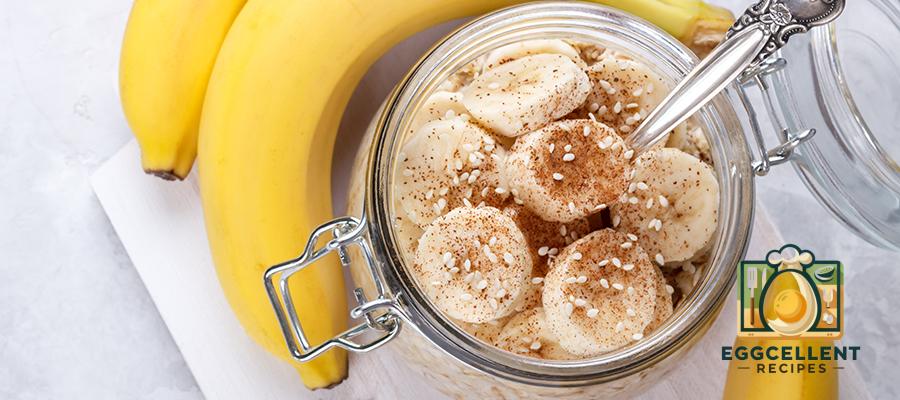
- Breakfast: Oatmeal with sliced banana and almond milk.
- Snack: Sliced cucumber with hummus.
- Lunch: Grilled chicken breast with steamed broccoli and quinoa.
- Snack: A handful of unsalted almonds.
- Dinner: Baked salmon with roasted zucchini and brown rice.
2 Day
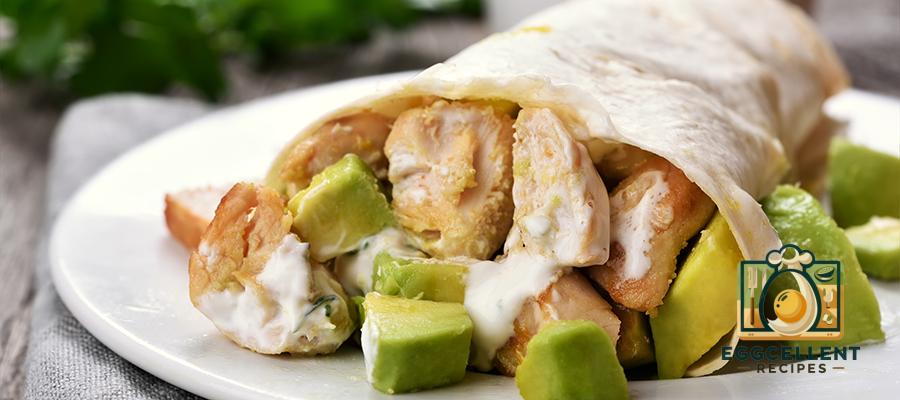
- Breakfast: Scrambled egg whites with spinach and whole-grain toast.
- Snack: A melon slice (honeydew or cantaloupe).
- Lunch: Turkey and avocado wrap on a whole-grain tortilla.
- Snack: Unsweetened applesauce.
- Dinner: Grilled turkey burger (no bun) with roasted sweet potatoes and green beans.
3 Day

- Breakfast: Smoothie with almond milk, spinach, banana, and a scoop of protein powder.
- Snack: Rice cakes with almond butter.
- Lunch: Grilled tilapia with mashed sweet potatoes and sautéed kale.
- Snack: Baby carrots with tzatziki dip.
- Dinner: Stir-fried tofu with mixed vegetables and brown rice.
4 Day

- Breakfast: Whole-grain pancakes with sliced pears and a drizzle of honey.
- Snack: Low-fat yogurt with a sprinkle of granola.
- Lunch: Quinoa salad with chickpeas, cucumber, and olive oil dressing.
- Snack: A small handful of walnuts.
- Dinner: Baked chicken breast with roasted carrots and wild rice.
5 Day
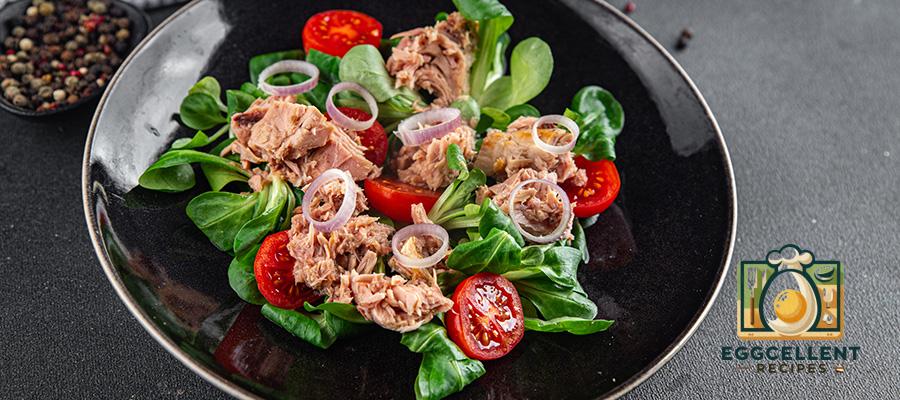
- Breakfast: Whole-grain toast with mashed avocado and a boiled egg.
- Snack: Celery sticks with almond butter.
- Lunch: Tuna salad (made with yogurt) on a bed of spinach.
- Snack: A small bowl of melon cubes.
- Dinner: Grilled turkey breast with steamed asparagus and quinoa.
6 Day
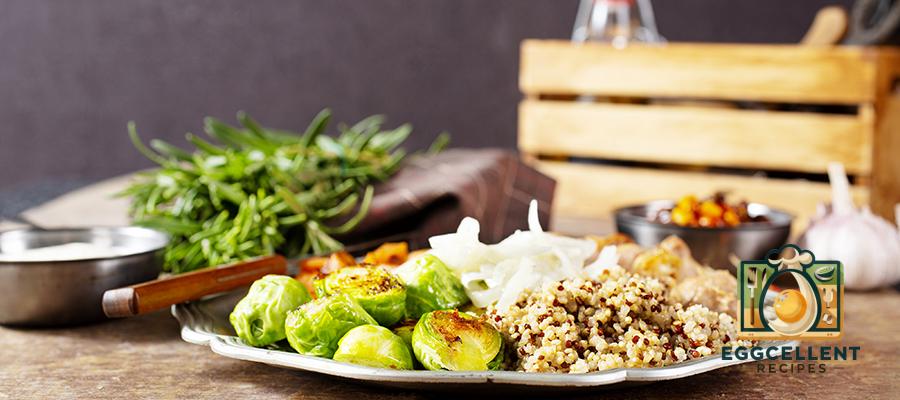
- Breakfast: Rice porridge with sliced banana and honey.
- Snack: A pear.
- Lunch: Turkey and vegetable soup with whole-grain crackers.
- Snack: Sliced apple with low-fat cheese.
- Dinner: Lemon-herb baked cod with roasted Brussels sprouts and brown rice.
7 Day
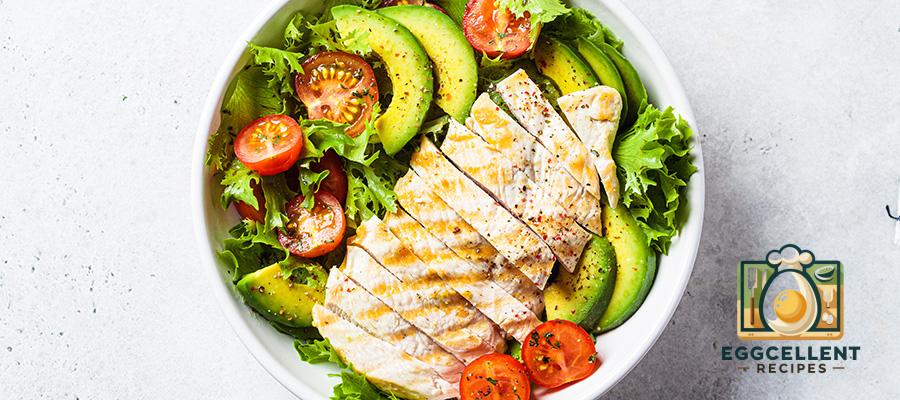
- Breakfast: Smoothie with almond milk, banana, spinach, and chia seeds.
- Snack: A handful of unsalted almonds.
- Lunch: Grilled chicken salad with cucumbers, avocado, and olive oil dressing.
- Snack: Low-fat yogurt with fresh berries.
- Dinner: Stir-fried shrimp with mixed vegetables and quinoa.
Tips for Managing Acid Reflux Through Diet
- Eat smaller meals: Large meals can increase pressure on the stomach, leading to reflux.
- Chew thoroughly: Take time to chew food well to aid digestion.
- Avoid lying down after eating: Wait at least 2-3 hours before lying down.
- Stay hydrated: Drink water throughout the day, but avoid drinking large amounts during meals.
- Limit late-night eating: Avoid eating 2-3 hours before bedtime to reduce nighttime symptoms.
Final Thoughts
An acid reflux-friendly diet doesn’t have to be restrictive or boring. By choosing soothing, nutrient-rich foods and avoiding triggers, you can manage symptoms while enjoying delicious and satisfying meals. With this meal plan, you’ll have a practical guide to start your journey toward better digestive health.

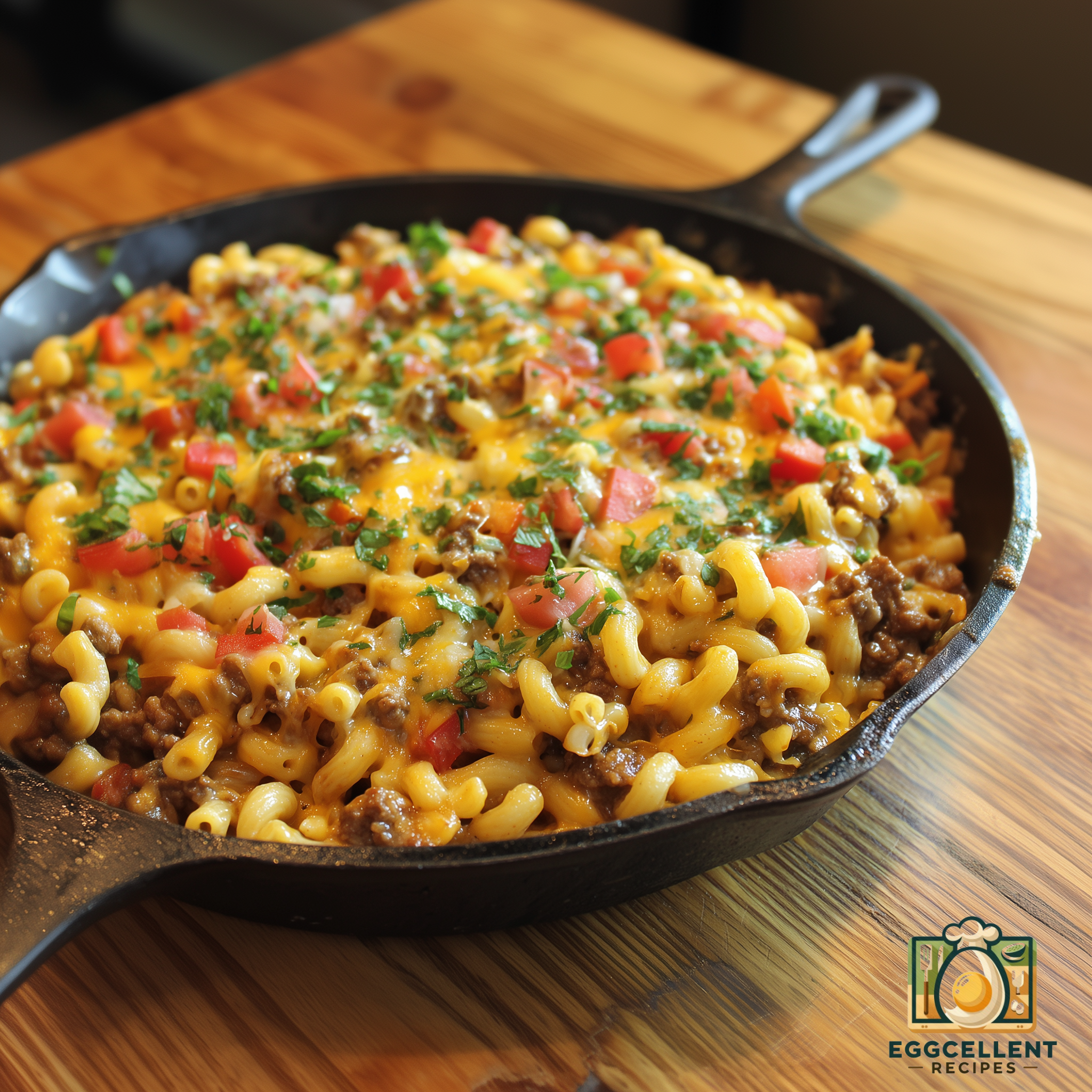
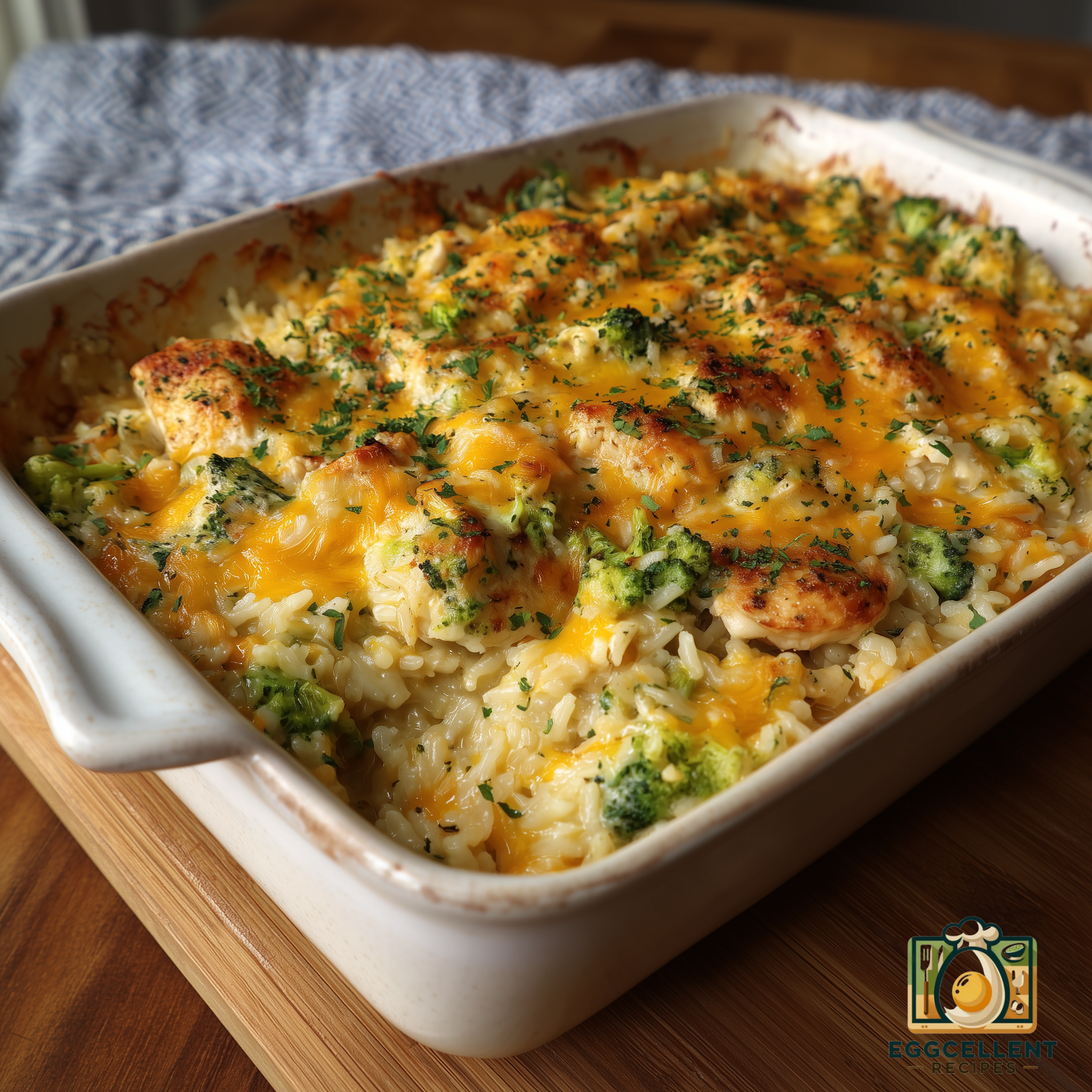
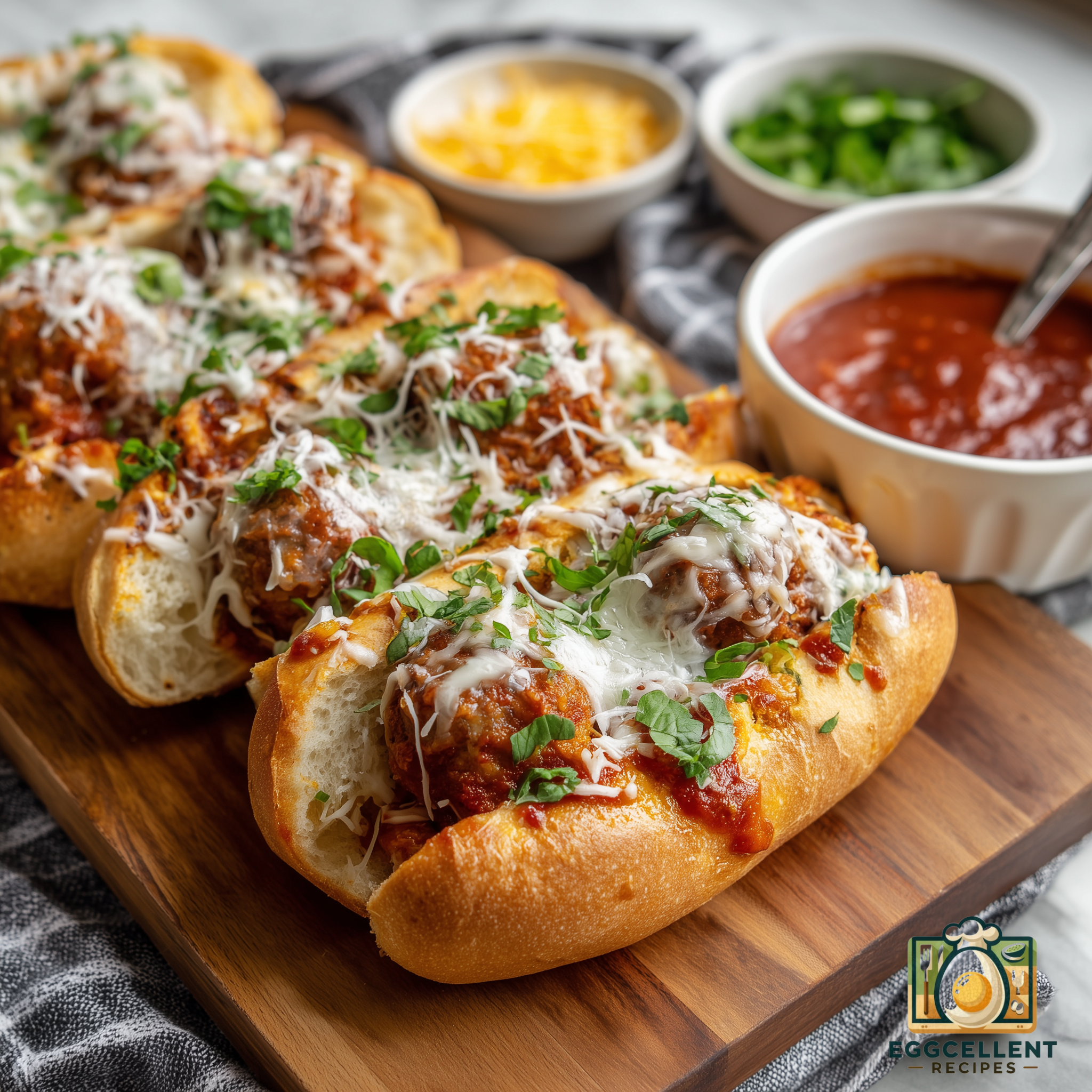
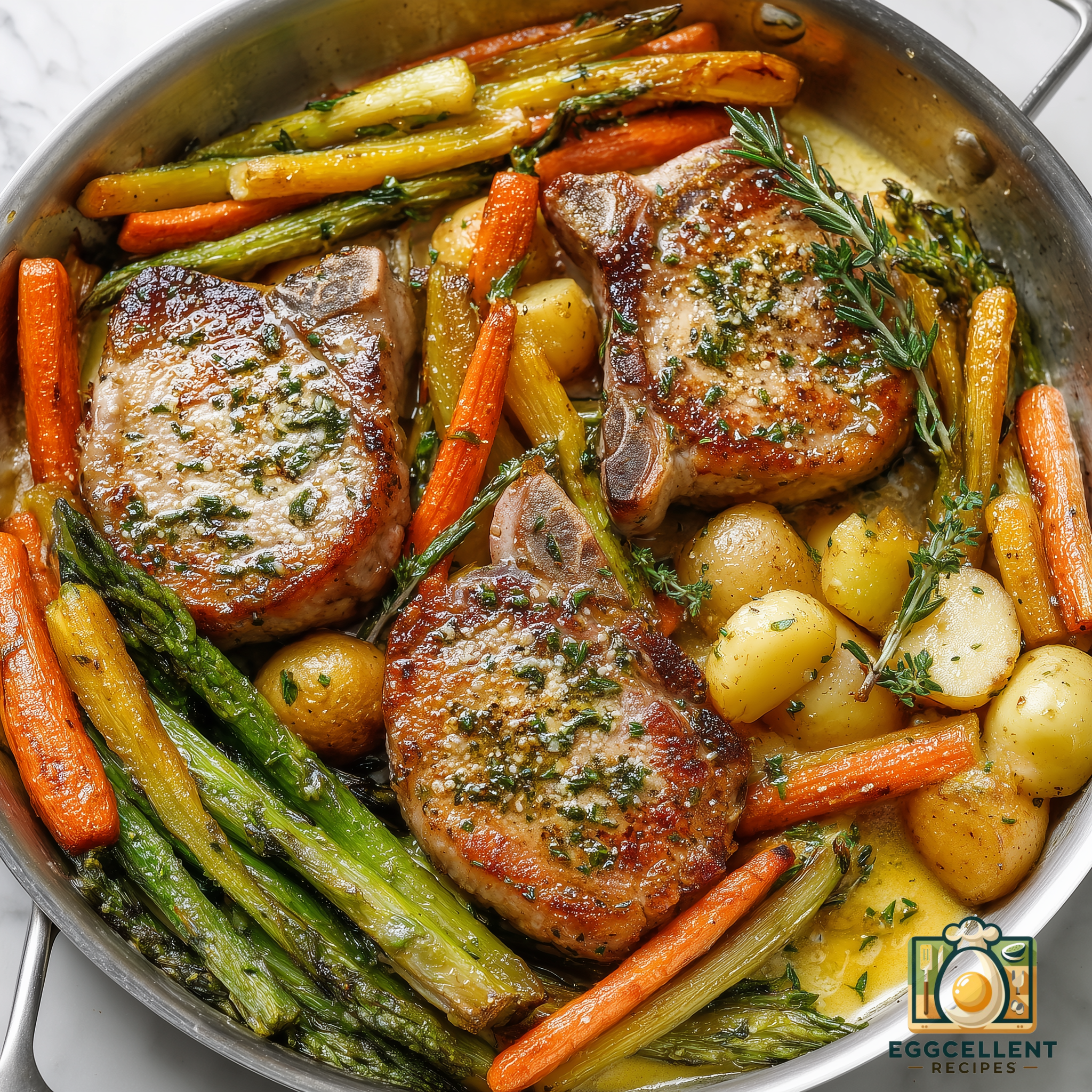

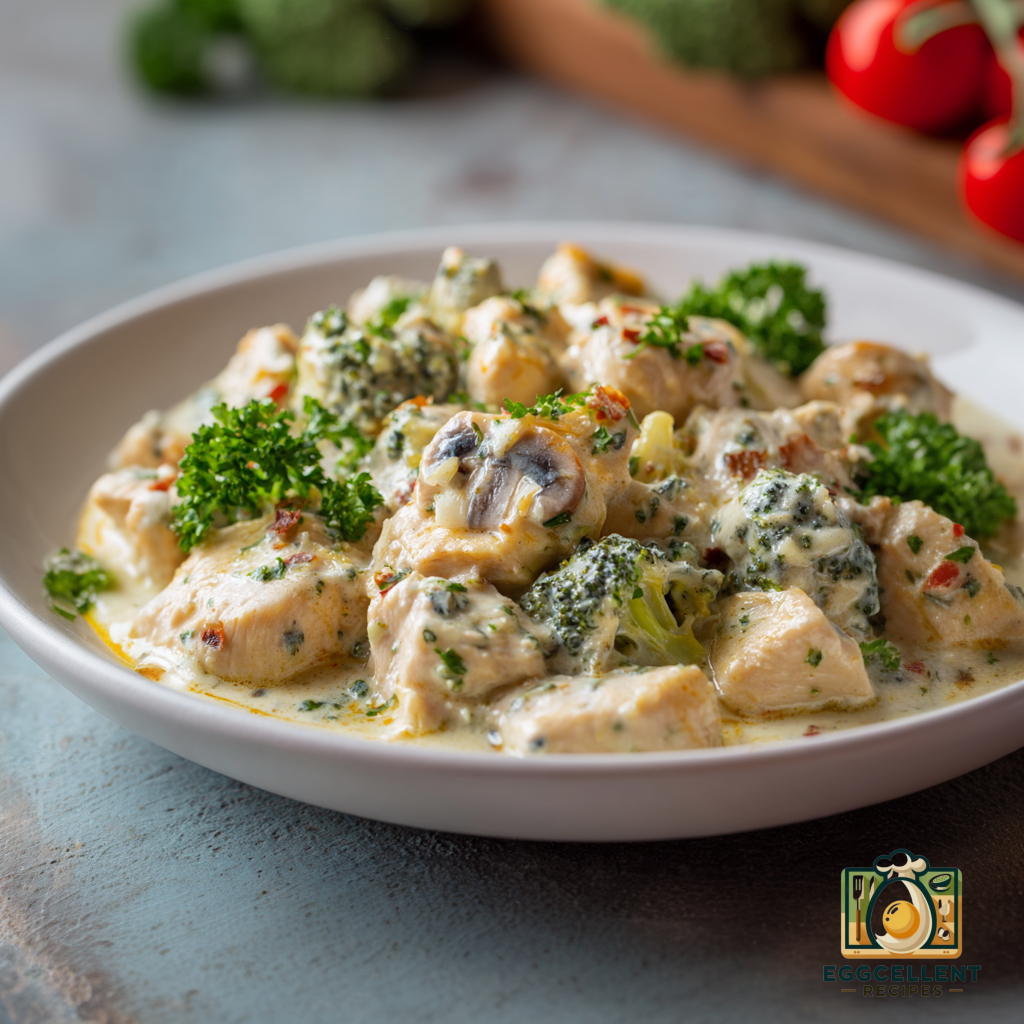
2 Responses
Hello I am Korean American and I am having issues with reflux. What type of foods can I eat thats Korean that wouldn’t trigger my reflux?
Hi there, I’m sorry to hear that you have acid reflux and i understand it’s very hard not to eat Korean foods since they’re very delicious lol
I suggest that Opt for Less Spicy or Non-Spicy Kimchi such as Baek Kimchi (백김치) andKkakdugi (깍두기). And Seolleongtang (설렁탕), Samgyetang (삼계탕),Mild Yukgaejang. For side dishes, Namul (나물) and Tofu Banchan would be great. Acid reflux doesn’t mean you have to give up enjoying Korean meals. By focusing on milder flavors, leaning on fresh produce, reducing or avoiding red pepper-based seasonings, and moderating fat content, you can still embrace the comforting taste of home. I hope that helps for your acid flux diet plan!